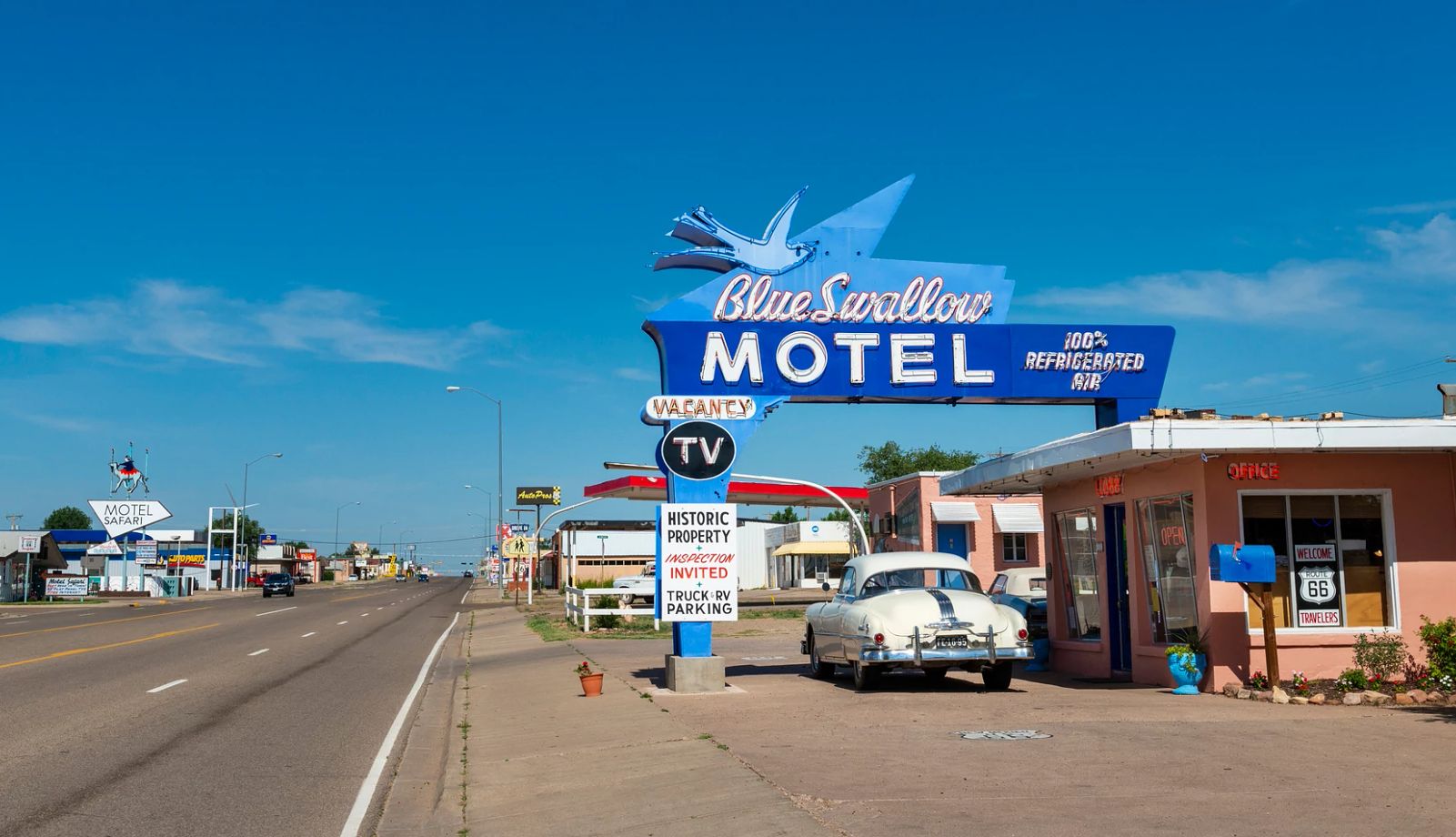AARP Eye Center
- right_container
- Health
- Money
- Work & Jobs
- Advocacy
- Social Security
- Medicare
- Caregiving
- Games
- Travel
- More...
Saint Charles County Historical Society Museum

St. Charles County History:
In 1769 Louis Blanchette, a French hunter and explorer, built a hunting and trapping headquarters at "the point where the first creek flowed from the first hills on the left bank" of the Missouri River above its junction with the Mississippi. Other cabins sprang up around Blanchette's cabin, and he called the settlement the Little Hills, "Les Petites Cotes."
In 1791, Manual Perez, Spanish Lieutenant Governor of the Louisiana Territory, dedicated the village of "San Carlos Borromeo." The culture and language was predominately French, since most of the settlers were French-Canadian.
From the mid-1790s there was a wave of migrants from Kentucky and Tennessee settling in or passing through St. Charles County which included Daniel Boone. The Boone home, built by his son Nathan, in western St. Charles County still stands.
In May, 1804, immediately following the Louisiana Purchase, Lewis and Clark, beginning their famous expedition, visited this "village of about 100 houses and 450 inhabitants, chiefly French." Clark and crew, having come up the river to St. Charles on May 16, was joined here four days later by Lewis who had tarried in St. Louis to officiate at the ceremonial transfer of the territory to the United States. Before their return in September, 1806, the name had been anglicized to St. Charles and the United States had established here the third post office west of the Mississippi.
In 1818 education began in St. Charles when four nuns led by Mother Philippine Duchesne, (later St. Philippine Duchesne) arrived from France to establish the present Convent of the Sacred Heart, the first free school west of the Mississippi. They relocated shortly to Florissant, across the Missouri River. Then in 1827, under the guidance of Major George Sibley and his wife, Mary Easton Sibley, was established the beginning of Lindenwood College. The public school of the village was inaugurated in 1846.
From 1821 to 1826 both branches of the State Legislature of the newly formed State of Missouri held their sessions at what is now 212 and 214 South Main Street (First State Capitol) and the first governor of Missouri, Alexander McNair, maintained temporary residence here. His brother David McNair resided in St. Charles and established here the first ice house in Missouri.
The years from 1830 to 1849 saw the beginning of the large migration of Germans first enticed by the writings of Gottfried Duden, who compared the Missouri valley to that of the Rhine. This migration swelled to a tide as hundreds of German liberals left their homeland in despair after the failure of the Revolution in 1848. The remaining French-Canadian and frontier stock was overwhelmed and St. Charles became essentially a German town in architecture and culture, as well as characteristic in German solidarity, thrift and industry. German it remained until well into the twentieth century when homogenizing influences of natural assimilation and population shift made it a typical American city, proud of it's historic past.
AARP Events for Timberline Lodge
-
Featured Event
Get Stronger Gradually Practicing Adaptive Yoga
Wednesday, Dec 31, 2025 at 10:00 a.m. PT
Zoom
Online Event
-
Featured Event
Get Stronger Gradually Practicing Adaptive Yoga
Wednesday, Jan 7, 2026 at 10:00 a.m. PT
Zoom
Online Event
-
Featured Event
David F. Walker Author Event
Wednesday, Feb 4, 2026 at 10:00 a.m. PT
Multnomah County Public Library, Albina branch
Portland, OR

































































